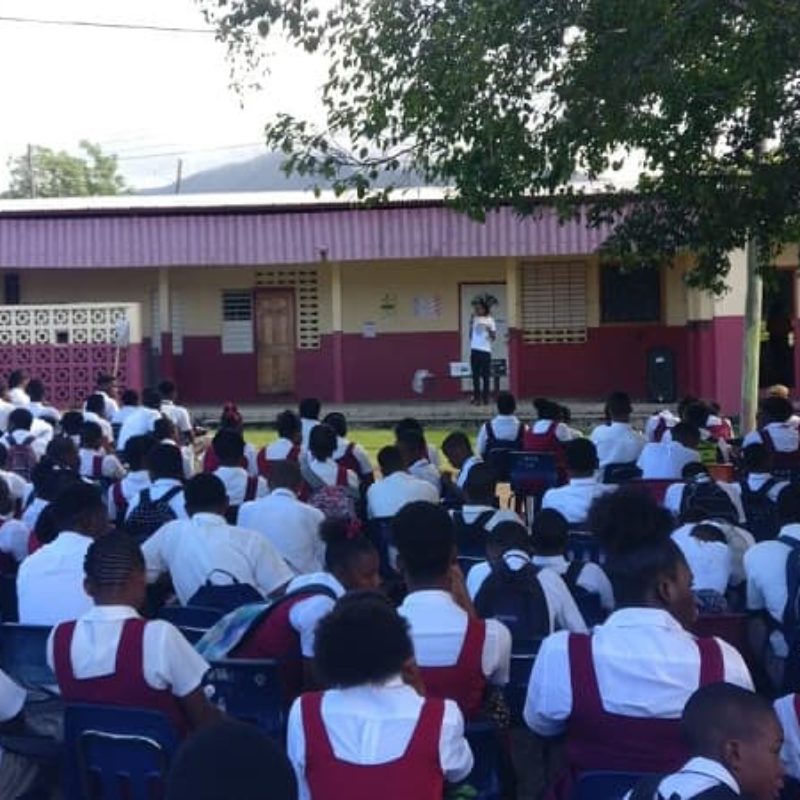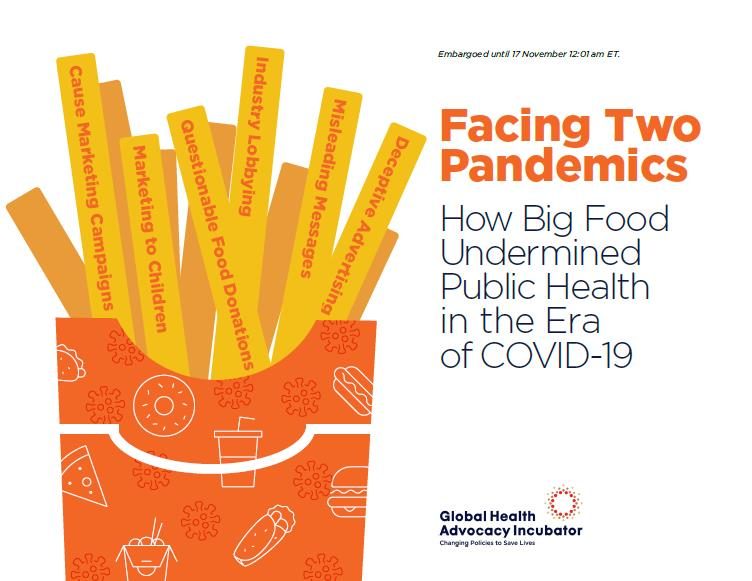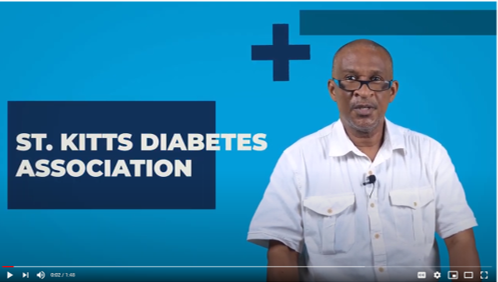Caribbean Region Unites in the War Against Endometriosis
Trudy Christian
President of the Dominica PCOS Association
March is designated as “Endometriosis Awareness Month.” Endometriosis is a serious medical disorder which affects women of any age. It occurs when tissue resembling the lining of the uterus (endometrium) grows outside of the uterus, on organs and structures both in the pelvic region (ex. ovaries) and outside of the pelvic region (ex. lungs). This tissue behaves just like endometrial tissue would and responds to monthly fluctuations in hormones during the menstrual cycle, building up and attempting to shed but with no exit path. The condition often causes debilitating pain, heavy and painful menstrual periods and mental health distress. Organizations across the Caribbean region who have taken up the mantle in advocating for greater awareness of women’s health issues joined their voices on the evening of March 31st 2021 to shine a much needed light on endometriosis and the current needs of the region in that regard.

The regional collaborative effort manifested itself in the form of a webinar, with presentations on different aspects of endometriosis and its management from each women’s health advocate. The panellists touched on the symptoms of endometriosis and barriers which may exist to diagnosis and treatment. Some of the focus of the discussion was on the mental health implications of endometriosis and how patients can self-advocate and empower themselves when facing the disease. The essential nature of early intervention and the need to approach endometriosis with a multidisciplinary approach was also highlighted.
Trudy Christian, founder of the Dominica PCOS Association moderated the panel and presentations were made by Abi Begho, founder of Lake Health and Wellbeing in St. Kitts, Julia Mandeville, co-founder of the Barbados Association of Endometriosis and PCOS, Odelia Thomas, founder of She is Lotus of St. Vincent and the Grenadines, Rovin Fevrier, founder of the St. Lucia Endometriosis, PCOS and Adenomyosis Support Group and Abeesha Toussaint, founder of the Trinidad & Tobago Endometriosis Association. Sandrina Davis of Jamaica, who is the Country Director of International Samaritan, shared her lived experience with endometriosis with the audience. She gave the story of her journey with the dreadful disease and ended with a message of hope and empathy.
The virtual event was an immense success, receiving positive feedback and healthy interaction from those who were in attendance. Several women voiced their concerns over aspects of handling endometriosis such as the availability of specialists for quality interventions, the impact of diet on the condition and the options as it relates to fertility. The panellists hope to continue in their quest of regional communication and collaboration in dealing with women’s health concerns. In minimal resource settings of individual Caribbean islands, it was wholeheartedly agreed upon that collaboration is the best way forward. One region with sisters united in advocacy, awareness and focus. Endometriosis and other female pelvic disorders should be scared.
If you missed this event, you can watch a recording of the session below.























